The Royal Academy’s ‘Summer Exhibition’ has taken place every year since 1769. The decisions behind what goes in, what gets left out, who comes back, who is forgotten, can be seen as a microcosm of museum practice as a whole – a sort of giant curatorial cow, chewing the cud of contemporary art and regurgitating the latest in institutionalised taste. It’s difficult to glamourise a show so thoroughly established, the form of which will always emerge as a baggy, sprawling study of eclecticism. The RA could have done worse than add two seductive buzzwords to the mix: ‘immersive theatre’.
In collaboration with the festival of art and performance, LIFT (2–29 June), the RA presents Symphony of a Missing Room: archive of the forgotten and remembered by the Swedish duo Lundahl & Seitl. With choreography specific to the structure of the building, a soundscape recorded over a month-long residency, and a narrative inspired by the centuries-old curatorial conundrum of the ‘Summer Exhibition’, this is the London premiere of a performance which has taken different forms at a number of venues including the National Museum Stockholm, the Hamburger Kunsthalle and Birmingham Museum and Art Gallery. The piece starts as a museum tour which, with the help of surround-sound headphones and cyborg-style goggles, moves into an exploration of the nature of memory, forgotten spaces, lost artworks, and the ethereality of experience.
Heard it all before? On paper, Lundahl & Seitl’s practice can seem incurably jargonistic, speaking a language that somehow synthesises the spiel of Theodor Adorno with that of Paul McKenna. The audience is invited ‘to enter the centre of their own consciousness’ by becoming ‘both the medium of the work, its potential content as well as the means to receive it’. We are asked to take part in an artwork which is ‘pending creation inside the immaterial realms of conscious experience and the continuous passage of time’.
Such theorising, however, seems of little consequence when thrown behind the white fog of the goggles, disorientated by the footsteps echoing around your ears, at the mercy of the small hands that skilfully guide you through passages, across abandoned courtyards, down staircases, up into lifts, at one point even dragging you dancing across an empty ballroom.
The ‘Summer Exhibition’ is the ideal premise for the Missing Room – as you sit among ladders, lighting equipment and scattered sculpture in the process of being installed for the exhibition’s opening on 9 June, sibylline voices whisper: ‘these rooms are filled with artworks and yet there are even more artworks that remain unseen…’ Yet, even before being given the goggles, we are already forming artworks in our mind. Conditioned like a pack of Pavlov’s dogs to the gleam of white walls and echo of gallery floors, it’s absurdly easy to mis-translate the installation equipment as artworks in their own right. A plastic crate overflowing with lighting cables is defiantly labelled, ‘Shoes’. A brown paper sign taped to the wall wryly states ‘Panel Text Here’.
It would be a truism to claim that the vogue for immersive performances has risen in direct correlation with digitised lifestyles and supposedly shortened attention spans. Increased immersion has long been seen as a symptom of modernity, even as simultaneous stories tell of de-sensation. Just as Aldous Huxley’s Brave New World imagined a future in which the movies had upgraded to the ‘feelies’ (a haptic cinematic experience in which an erotic scene must duly be accompanied by the authentic feel of a ‘bear-skin rug’), it seems our concentration must similarly be prodded, positioned and prompted into engagement.
That’s why Lundahl & Seitl’s Missing Room is ultimately so powerful. It refuses to apply the bells and whistles of most immersive practices. The headphones and goggles might seem like the classic kit for achieving ‘augmented reality’. But the actual experience is refreshingly lo-fi. With stimulus reduced to flickering white light, the touch of hands, the sound of footsteps, reality is indeed, ‘augmented’ – by sheer force of imagination. It’s difficult to be a cynic about immersive performances when you’re the one doing the dunking.
‘Lundahl & Seitl: Symphony of a Missing Room’ is at the Royal Academy of Arts, London, until 8 June (six performances daily from 10am: tickets £25, £18 concessions)
Unlimited access from just $16 every 3 months
Subscribe to get unlimited and exclusive access to the top art stories, interviews and exhibition reviews.

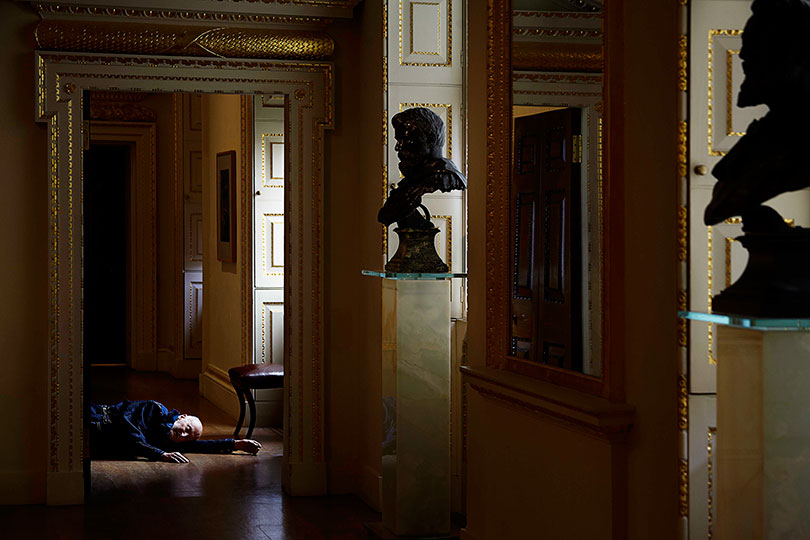
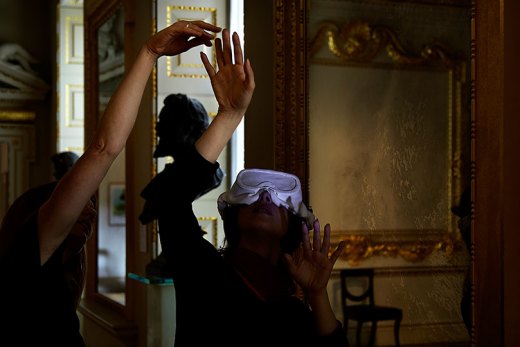
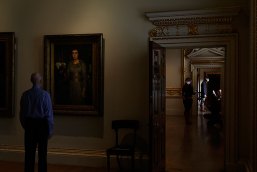
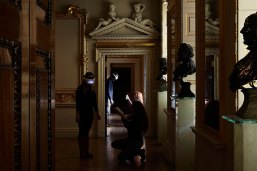
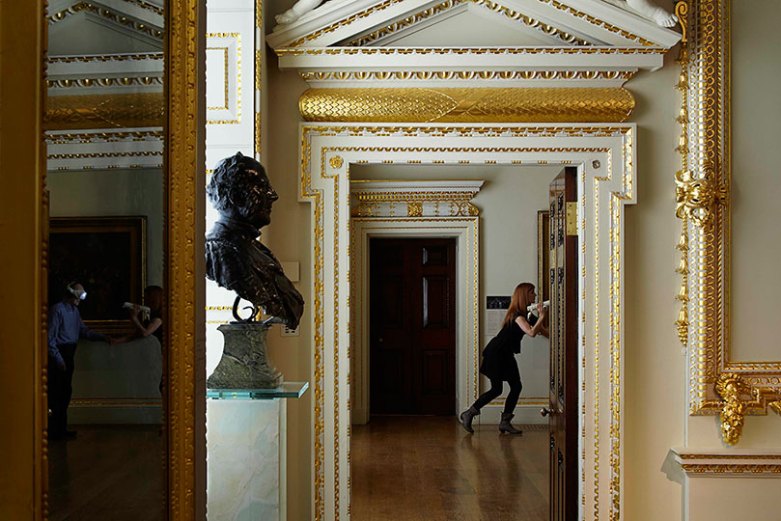
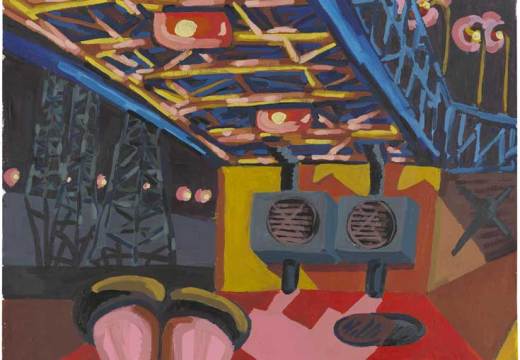
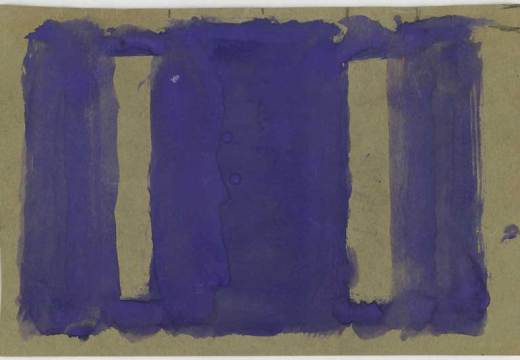
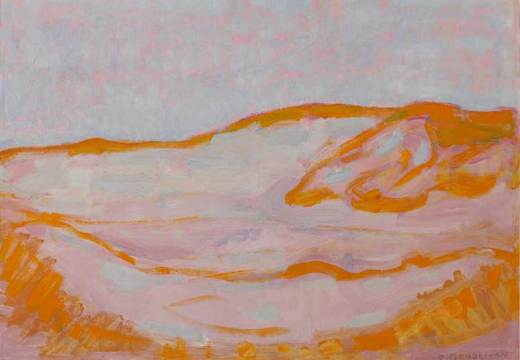









![Masterpiece [Re]discovery 2022. Photo: Ben Fisher Photography, courtesy of Masterpiece London](http://www.apollo-magazine.com/wp-content/uploads/2022/07/MPL2022_4263.jpg)
It’s time for the government of London to return to its rightful home